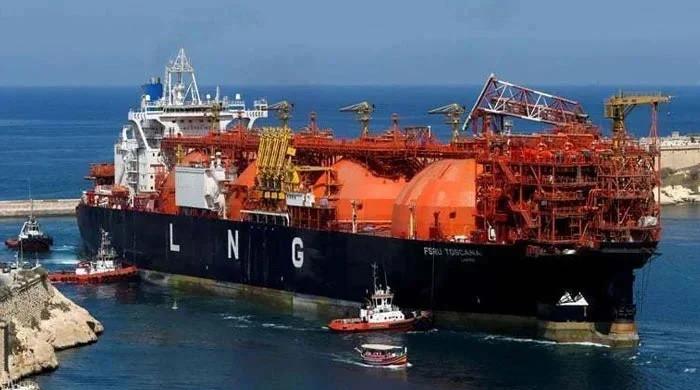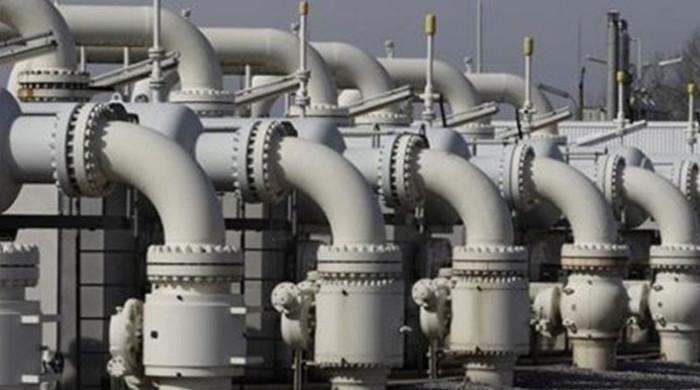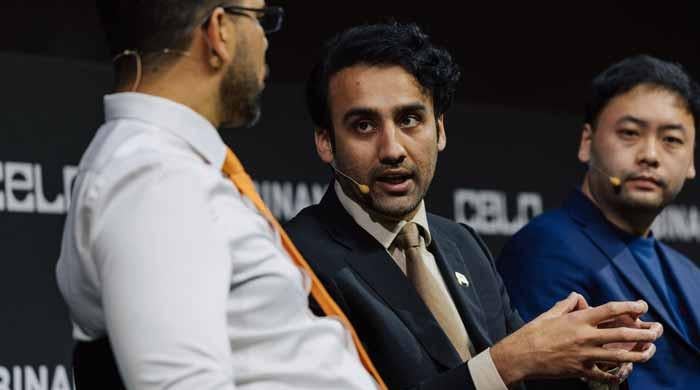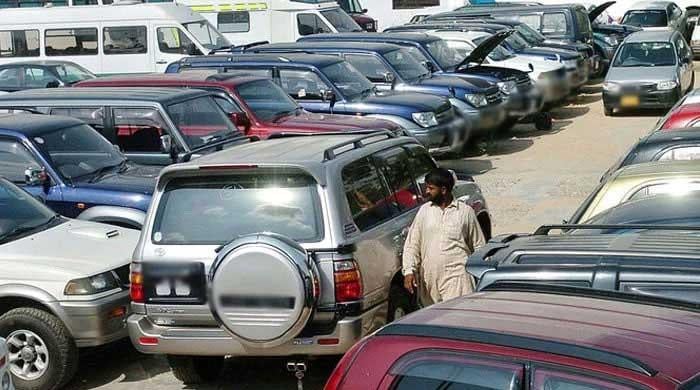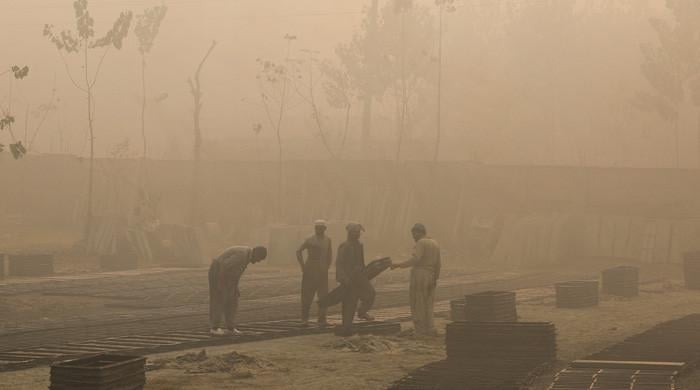Pakistan agrees to lift curbs on used car imports under IMF deal
Agreed roadmap will be incorporated into newly envisaged National Tariff Policy for 2025-30
May 20, 2025
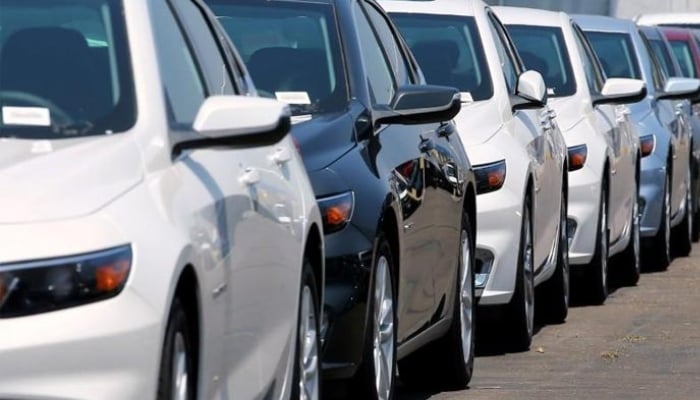
- Initial 40% premium will reduce by 10 percentage points each year.
- New NTP for 2025-30 will come into effect on July 1, 2025.
- Pakistan commits to avoid introducing any new regulatory duties.
ISLAMABAD: In a significant move, Pakistan has reached an agreement with the International Monetary Fund (IMF) to remove existing restrictions on the import of used vehicles, The News reported on Tuesday.
As part of this understanding, the tariff structure for used cars will be fixed at 40% above the corresponding rate for new vehicles in the upcoming fiscal year 2025-26 budget.
According to the agreed roadmap, which will be incorporated into the newly envisaged National Tariff Policy (NTP) for 2025-30, this initial 40% premium will be progressively reduced by 10 percentage points each year, ultimately reaching zero by the year 2030.
"For FY26, the tariff rates, including Custom Duty, Additional Customs duty, and Regulatory Duty for used vehicles will initially be set 40 per cent above the corresponding rate for new vehicles, with this premium to be reduced by 10 percentage points per year, to reach zero by 2030."
The commitment to ease restrictions on used vehicle imports aligns with Pakistan's broader pledge to the IMF to substantially reduce barriers to international trade. This liberalisation is expected to be implemented through both the new NTP and the auto policy.
The new NTP for 2025-30 will come into effect on July 1, 2025, after being incorporated into the Finance Act for FY26.
The NTP envisages substantial tariff reductions and simplification of the customs regime, including by phasing out all additional customs duties (ACDs), reducing all regulatory duties (RDs) by 80%, and reforming the 5th Schedule to the Customs Act.
"Together, these measures under the NTP will result in a gradual reduction in the weighted average applied tariff from 10.6 per cent in FY25 to 7.4 per cent by FY30," stated the IMF staff report on Pakistan.
Going forward, Pakistan committed that it will avoid introducing any new RDs.
It has been recognised that trade protection for the automobile sector under the Auto Industry Development and Export Policy (AIDEP) 2021-26 is particularly extensive and imposes large welfare costs on Pakistanis and are committed to implementing a substantial reduction in protection for this sector in the next auto policy, which will come into effect and be implemented from July 1, 2026.
Specifically, it is committed to addressing vehicle affordability by setting out a path to progressively reduce protection by 2030 in line with the principles and objectives of the NTP 2025–30, including by eliminating all ACDs and RDs in the sector and substantially reducing CDs.
"When added to the duty reductions envisaged under the new NTP, this will bring the weighted average tariff to below 6% by FY30,” said the official.
Pakistan agrees to remove all quantitative restrictions on commercial importation of used motor vehicles (initially only for vehicles less than five years old, subject to meeting minimum environmental and safety standards) during FY26Q1 and will submit all required legislation to parliament by July 2025 under the new end-July 2025 Structural Benchmark placed by the IMF.
During FY26, Pakistan will put in place regulations and a testing regime for safety and environmental standards of such imported vehicles, which will replace the vehicle age limit from July 2026 onwards.
More broadly, Islamabad committed to addressing non-tariff measures, and plans to complete an ongoing stock-take of the existing export-import policy order by the end of December 2025, to simplify and eliminate distortionary NTBs, the sources added.
Under the new policy, the government will allow to import of used cars of five years old. There is a tariff depending on engine capacity and hovers around 120% to 190%. It is considered that the tariff in totality will be brought down.
When contacted, a senior official of the Pakistani government said that the IMF wants liberalisation for the auto sector, however, the government will move ahead in a balanced manner.
Importing used cars into Pakistan involves calculating duties and taxes, which are affected by vehicle age through depreciation.
The Federal Board of Revenue (FBR) allows a 1% per month depreciation in duties and taxes for used cars, based on the time elapsed from the vehicle’s first registration abroad until it enters Pakistan.
This depreciation applies to the assessable value of the vehicle, reducing the amount of duties and taxes owed. It is under consideration to reduce the depreciation in the coming budget under the new NTP.
A 1% depreciation per month is applied to the assessable value of used cars, reflecting the vehicle’s age and wear. The depreciation reduces the base value upon which duties and taxes are calculated, resulting in a lower overall tax burden. A three-year-old car (36 months old) imported into Pakistan would have a 36% depreciation applied to its value.
IMF delegation arrives in Islamabad
An IMF delegation arrived in Islamabad to finalise budget negotiations. The Washington-based lender has pressed Pakistan to eliminate tax exemptions for erstwhile Fata/ Pata regions and apply standard GST rates on fertilisers.
The FBR presented plans to boost tax administration and enforcement, targeting an additional Rs400 billion in revenue for the next fiscal year. However, the government simultaneously seeks Rs100-150 billion in tax relief for salaried individuals and import tariff rationalisation — raising questions about how the IMF will respond to these competing proposals.
After initial virtual discussions from Turkiye, the IMF team — including Nathan Porter and newly appointed Mission Chief Ms Eva — secured headquarters approval and landed in Islamabad Sunday to begin in-person talks.
Official sources confirmed the government proposed a 50% phase-out of ex-Fata/Pata tax exemptions, estimating Rs15-20 billion in revenue. A full withdrawal with an 18% GST could generate Rs40 billion.
While the Finance Ministry and IMF tentatively agreed on an FBR tax target of Rs14,307 billion, negotiations continue to potentially lower it to Rs14,100 billion—contingent on expenditure cuts.
"Target flexibility hinges on the government's ability to curb spending," a senior official involved in talks told The News. If the expenditures cannot be reduced, the FBR's target would remain at around Rs14,307 billion. It can be reduced to R 14100 billion provided the ability of the government to reduce its expenditures, said the official.
Debt servicing remains contentious, with IMF projections at Rs8.7 trillion for FY2025-26, though internal estimates suggest Rs8-8.2 trillion — below the current year’s Rs8.7-8.9 trillion allocation.
Another dispute involves the PSDP budget, where the Finance Ministry's Rs921 billion ceiling clashes with the Planning Ministry's demand for over Rs1,000 billion to meet development needs.




